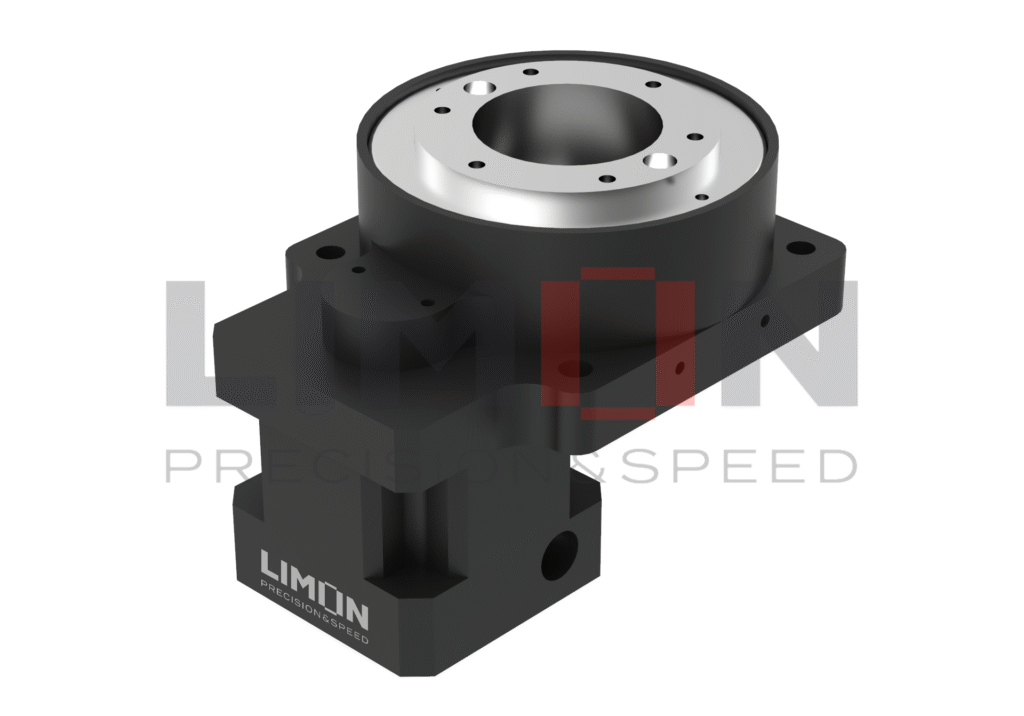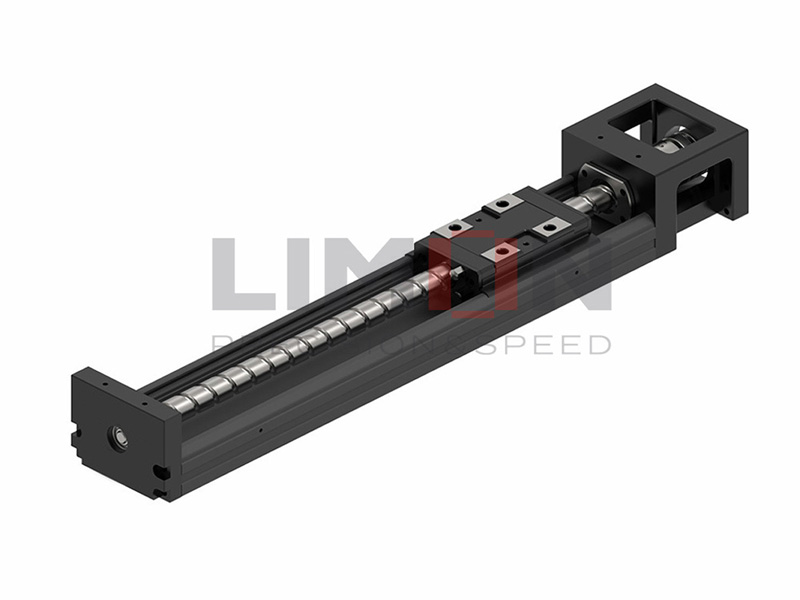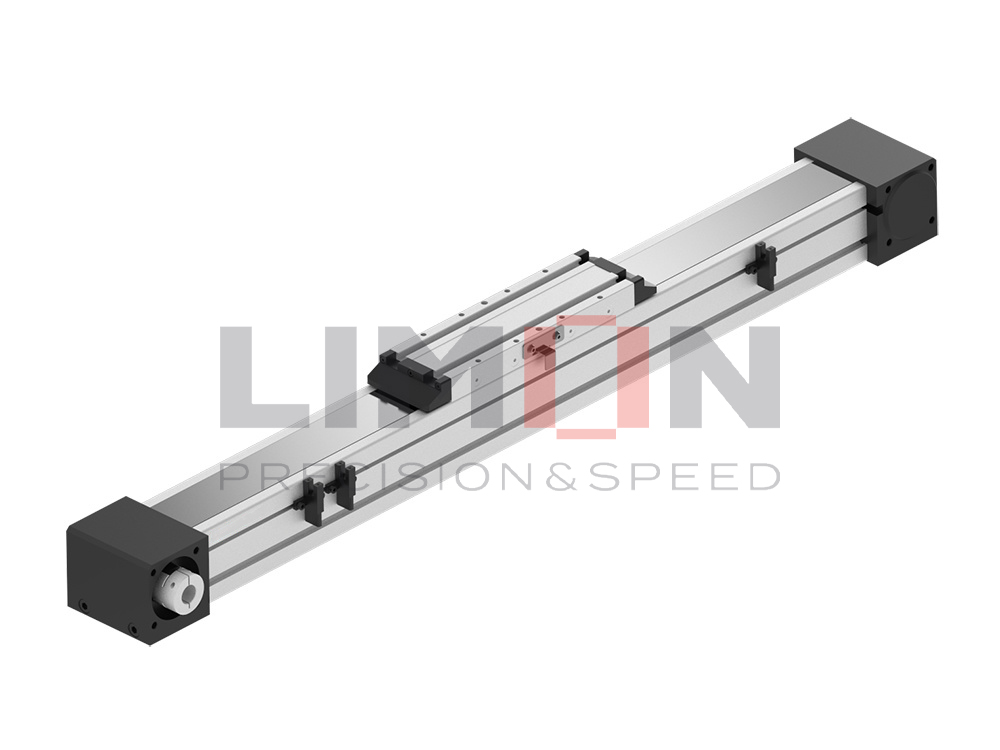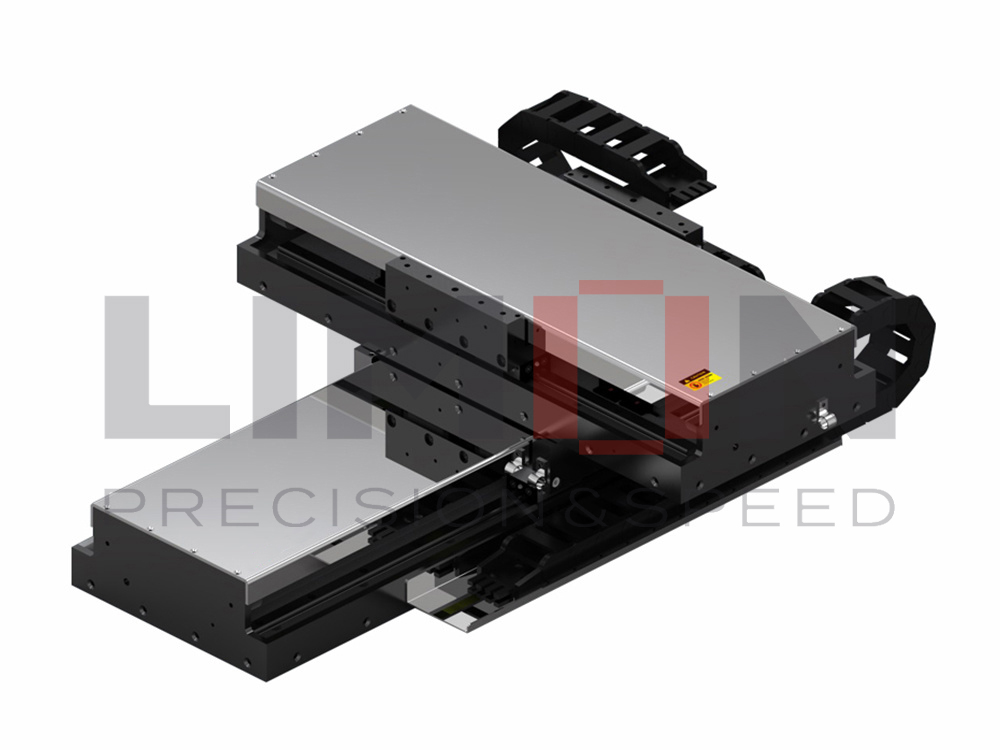Servo drives, in their various applications, are essential components in the realm of industrial automation. However, like any sophisticated technology, they come with their set of challenges. In this article, we’ll delve into common issues encountered in servo drive applications and provide insightful solutions to address these challenges effectively.
Overheating in Servo Drives:
Issue: Overheating can significantly impact the performance and lifespan of servo drives.
Solution: Ensure proper ventilation and cooling systems are in place. Monitor the ambient temperature and implement thermal management strategies, such as heat sinks or fans, to mitigate overheating issues. Regular maintenance checks can also prevent dust accumulation, which may contribute to overheating.
Communication Errors:
Issue: Communication errors can disrupt the seamless interaction between servo drives and other components in the automation system.
Solution: Verify the compatibility of communication protocols between servo drives and associated devices. Update firmware and software to the latest versions to ensure optimal communication. Implement robust error-checking mechanisms and invest in servo drives that support reliable communication protocols to minimize the risk of disruptions.
Vibration and Resonance:
Issue: Excessive vibration and resonance can lead to inaccuracies and malfunctions in servo drive applications.
Solution: Conduct a thorough analysis of the mechanical structure and resonance frequencies within the system. Implement damping techniques, use vibration-resistant mounts, and consider tuning parameters to mitigate resonance issues. Regularly inspect and maintain mechanical components to prevent wear and tear that may contribute to vibrations.
Encoder Feedback Problems:
Issue: Encoder feedback is crucial for accurate positioning, and any issues in this feedback can result in performance degradation.
Solution: Regularly calibrate and inspect encoders for proper functioning. Ensure proper cable routing and shielding to minimize interference. Choose high-quality encoders and follow manufacturer guidelines for installation and maintenance. Implement error-checking routines to identify and rectify any discrepancies in encoder feedback.
Electromagnetic Interference (EMI):
Issue: EMI can disrupt the operation of servo drives, leading to erratic behavior and malfunctions.
Solution: Implement proper grounding practices and shielding for cables to minimize the impact of electromagnetic interference. Locate sensitive components away from sources of EMI, and consider using ferrite cores on cables to suppress unwanted electromagnetic noise. Compliance with electromagnetic compatibility (EMC) standards is crucial to ensuring reliable operation in environments prone to EMI.
Parameter Tuning Challenges:
Issue: Incorrect parameter settings can result in suboptimal performance and reduced efficiency in servo drive applications.
Solution: Take the time to understand the specific requirements of your application and consult the servo drive documentation for recommended parameter settings. Utilize tuning tools provided by manufacturers and, if needed, seek assistance from technical support to achieve optimal performance. Regularly review and adjust parameters as necessary to accommodate changes in the application.
Navigating common issues in servo drive applications requires a combination of proactive maintenance, thorough analysis, and adherence to best practices. By addressing overheating, communication errors, vibration and resonance issues, encoder feedback problems, electromagnetic interference, and parameter tuning challenges, you can enhance the reliability and efficiency of your servo drive applications. Stay informed, implement preventative measures, and leverage solutions to keep your industrial automation system running smoothly.




